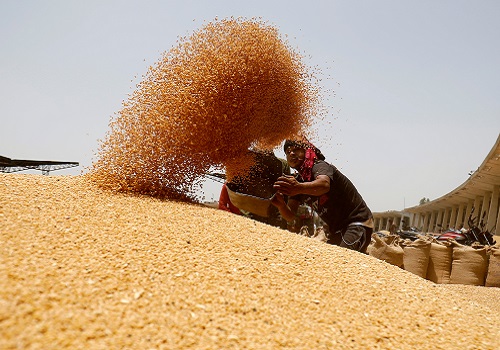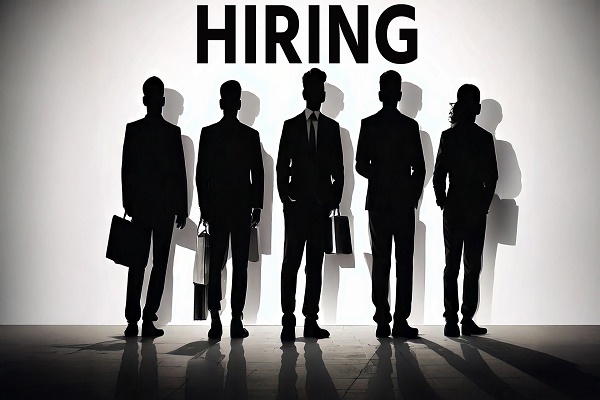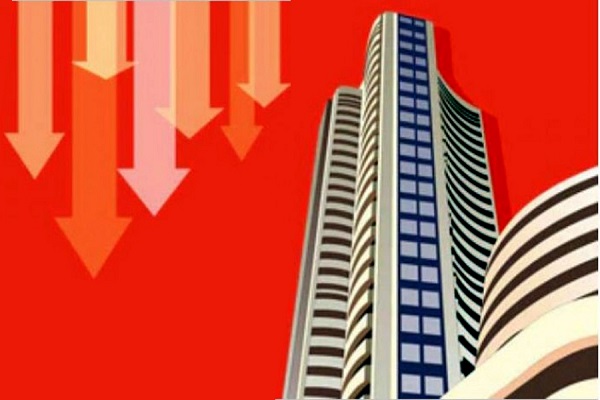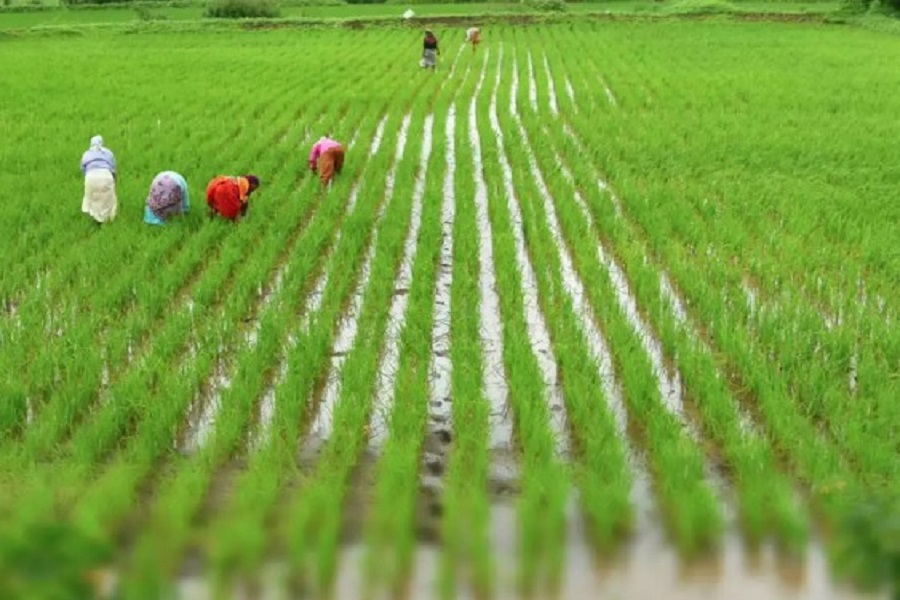India's Wheat Dilemma: Cold Snap Boosts Hopes, But Risks Loom with Warm Weather Forecasts by Amit Gupta, Kedia Advisory

The current cold snap sweeping through central and northern India brings hope for a bumper wheat crop, crucial for the world's second-largest wheat producer. However, concerns arise as warm weather forecasts pose a risk to yields, potentially forcing the country to import wheat for the third consecutive year. The government's resistance to imports, coupled with optimistic yield expectations and cautious farmer optimism, creates a delicate balance as weather conditions remain critical for a successful harvest.
Highlights
Cold Snap Benefits Wheat Crop: The current cold snap in central and northern India is expected to boost wheat yields, potentially leading to a bumper crop this year.
Critical Year for Wheat Harvest: India, the world's second-largest wheat producer, is relying on a successful wheat harvest in 2024. Poor yields in 2022 and 2023, attributed to hot and unseasonably warm weather, depleted state reserves.
Import Risk with Abnormal Temperature Rise: Sudden and abnormal temperature increases could negatively impact wheat yields, potentially leading to the need for wheat imports. A third consecutive poor harvest may force India to import wheat, despite the government's reluctance.
Government's Resistance to Wheat Imports: The Indian government has resisted calls for wheat imports, possibly due to the upcoming general election. Importing wheat could be an unpopular move, but a poor harvest may leave no choice.
Optimistic Yield Expectations: Cold weather during vegetative growth has raised expectations for better-than-normal yields, with projections of achieving the production target of 114 million metric tons.
Concerns About Rising Temperatures: Although the cold spell has been beneficial, concerns arise about the potential impact of rising temperatures during the crucial grain formation stage. The next few days' weather conditions are critical for the crop.
Farming Community's Caution: Farmers express cautious optimism, emphasizing the need for favorable weather conditions until early April for a successful harvest. Previous years saw negative impacts due to sudden temperature rises in February and March.
Snowfall Deficiency Raises Temperature Increase Worries: Lack of snowfall in mountainous regions raises concerns about a sudden, abrupt rise in temperatures. Both minimum and maximum temperatures are starting to rise in northern and north-western states.
Temperature Forecasts: Forecasts suggest that maximum temperatures in February could be 5 degrees Celsius above normal in key wheat-producing states like Punjab, Haryana, and Rajasthan.
Market Impact: The weather in the next eight weeks will be crucial in determining the crop size, impacting local wheat supplies. The 2023 harvest was at least 10% lower than the government's estimate, leading to a depletion of inventories and higher prices. The government aims for a record wheat output of 114 million metric tons in 2024.
Conclusion
India stands at a pivotal moment in its wheat production, with the success of the 2024 harvest hanging in the balance. While the cold snap has provided a favorable start, the looming threat of abnormal temperature increases raises concerns about yield stability. The government's reluctance to import wheat adds pressure, emphasizing the need for closely monitoring weather patterns in the coming weeks. The farming community remains cautiously optimistic, aware that a third consecutive poor harvest could have significant economic and political implications, especially with a general election on the horizon. The delicate interplay between weather conditions, government decisions, and farmer resilience will ultimately determine the fate of India's wheat harvest in 2024.
Above views are of the author and not of the website kindly read disclaimer






















